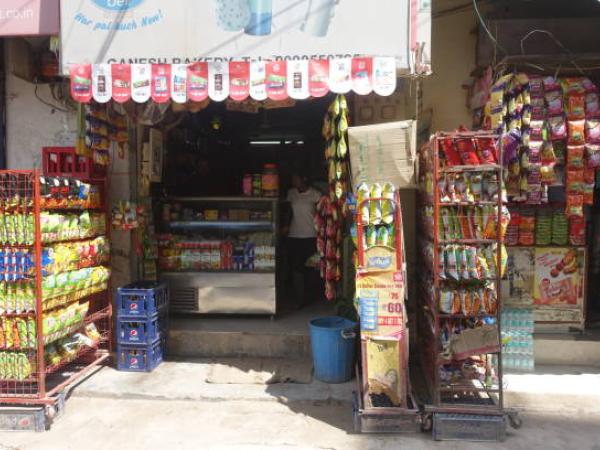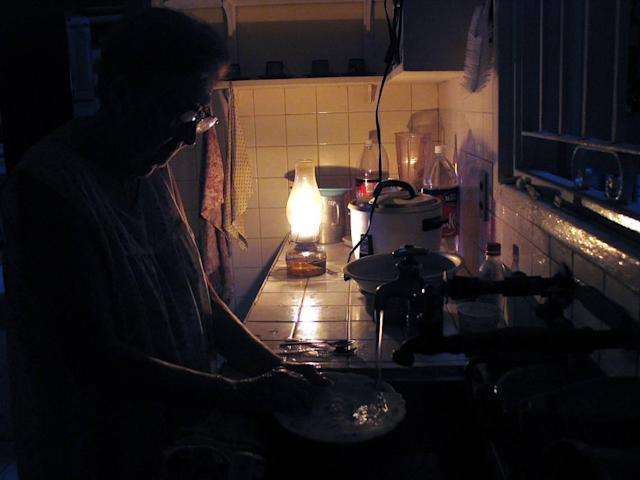Neighborhood stores grow at a rate of 2% and their sales of mass consumption products increase by more than 13%partly due to the impact of inflation.
This is one of the conclusions of a study released by the firm Meiko, specialized in taking the pulse of this type of business and which has just been bought by Premise, based in the United States.
(Informality and low wages, employment challenges in Latin America).
Juan Manuel Medina, founder of Meiko, says that given the development of new formats and competitors, the constant question is what the future of the channel is, and the conclusion is that it is getting stronger every day, taking into account data from recent years.
To begin with, he points out that after the pandemic this is a medium that more people consider as a vehicle to develop economically.
In an analysis of the growth of the so-called traditional channel, he points to Bogotá as the city with the most stores in the country.
Thus, in 2019 58,237 were counted, while in 2020 they increased to 61,940, in 2021 to 79,484 and for this year it completes 80,213. Far away, with a lower growth rate, Medellín follows, which from 2019 with 22,041 went to 26,738 three years later. For its part, Cali had a higher rate of increase: from 17,672 to 23,948.
(Greedflation: companies use hikes to generate excessive profits).
“It is very important to keep in mind that the traditional channel is transforming and adjusting its value proposition to meet the purchase missions of shoppers,” he points out.
This is precisely related to the other element that sustains the strength of the stores and their ability to sustain themselves. For the expert there are two very important concepts that accompany the development of the channel.
The first is the macroeconomic environment. “Because they are in countries where informality prevails and because of the way in which people look for income, they need a channel that adapts to those levels of recurring income, what we know as the newspaper, and that what allows is that the channel traditional, in some way attend regularly and constantly to this population. People need convenience and low cost, two of the characteristics of the traditional channel”, he adds.
The other thing is that, taking into account its permanent transformationthe message for brands is that you have to follow in the footsteps of shopkeepers and understand them in order to accompany their growth and the power and value they represent for the mass consumption industry, indicates Juan Manuel Medina.
For the founder of Meiko, the need for transformation leads them to be more skillful when designing their sales portfolio. “Every day customers are less loyal to categories and shopkeepers favor those that generate profitability and traffic.”
(Products of the family basket that have risen and fallen in price the most).
This is important because the shopkeeper “has to start playing with the working capital he has, it is about distributing it in a more intelligent way, taking into account that he is not focused on the margin, but on the turnover. A very high margin that rotates once a month is useless, and that was one of the lessons learned from the economic slowdown,” he says.
11% of the money that a person consumes in a store corresponds to prepared foods that are in the category called ‘non-industrialized’. They are, for example, empanadas or red wine. Artisanal bread follows (7%), legumes and vegetables (4%), raw meats (3%) and fruits (2%). It is estimated that 27% of spending corresponds to this type of product.
In the industrialized categories appear in their order, rice (7%), oil, (7%), soda (6%), eggs (4%), household cleaning (4%), beer (3%), dog food (3%), liquid milk (3%), dairy drinks (3%), cigarettes (2%), coffee (2%), prepared drinks (2%) and cold meats (2%), among others.
It was identified that the categories of the food and beverage basket in which the shopper invests the majority of their spending, specifically, is about 54%.
Constanza Gomez Guasca













